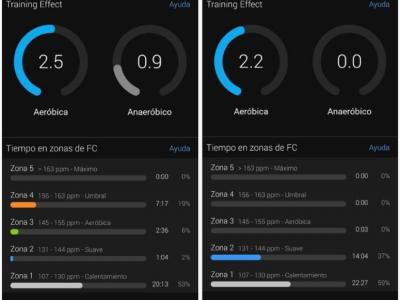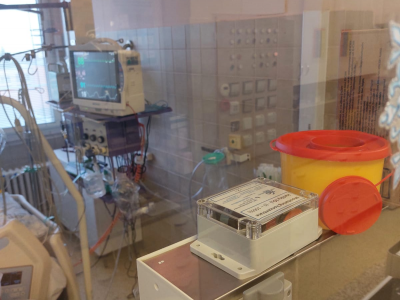Sensors
Underwater sampling of heart rate for sports training has growing attention recently because of the availability of new sensors able to gather data while the user is swimming. Namely, optical sensor for the wrist and strap sensor for the chest. Underwater data transmission is not an option, forcing the analysis to be done off-line. Thus, movement and distance from heart could infuence the gap between data from sensors.
- Categories:
 200 Views
200 Views
Gas monitoring plays a crucial role in our intelligent societies. Thus we build those stepwise-collected data for gas concentration modeling in dynamic setting which can boost training data collection. First column is time, you have 8 columns for different sensors, including GM402B, GM702B, GM512B, GM302B, MICS5914, MICS5914, MICS4514, and MICS4514. The remaining 3 columns is recorded as the flow rate, which the flow rate of methane and the oxygen-nitrogen mixture is read as L/min, while hydrogen is read as mL/min.
- Categories:
 223 Views
223 Views
The dataset, developed at the National Institute of Neurology and Neurosurgery in Mexico, encapsulates crucial gait biomarkers associated with neurodegenerative diseases. This invaluable compilation serves as a comprehensive resource for understanding and analyzing the distinctive gait patterns exhibited by patients grappling with neurological disorders. By delving into these intricate biomarkers, researchers gain insights into the nuanced manifestations of conditions impacting the nervous system.
- Categories:
 242 Views
242 ViewsThis paper presents a simple yet novel two-dimensional modelling approach for approximating the coupling coefficient between neighbouring inductors as a function of co-planar separation and relative angular displacement. The approach employs simple geometric arguments to predict the effective magnetic flux between inductors. Two extreme coil geometry regimes are considered; planar coils (i.e. on printed circuit board), and solenoid coils, each with asymmetric ferrite cores about the central magnetic plane of the inductor.
- Categories:
 147 Views
147 Views
Thermocouples are widely used in industrial applications due to their robustness, low cost, reliability and ability to survive in harsh environments. However, these thermocouples are prone to failure in a highly acidic medium such as nuclear fuel reprocessing plants. This paper investigates the degradation phenomenon and its effect on measurement accuracy when a thermocouple with mechanical damage to the protective sheath is placed in a corrosive media.
- Categories:
 54 Views
54 ViewsThis dataset contains measured data from five sensor modules designed for monitoring the oxygen concentration in the air in a hospital environment, especially in rooms where oxygen therapy can potentially occurs. This data is crucial from a safety point of view, as a higher oxygen concentration can increase the risk of fire development.
- Categories:
 600 Views
600 Views
This dataset protocol details the acquisition of a surface electromyography (sEMG) dataset from the Tibialis Anterior (TA) and Gastrocnemius Lateralis (GL) muscles of 20 healthy adults, with an equal distribution of 10 male and 10 female participants. The data was collected using the Delsys Trigno wireless EMG system during a 30-second walking session. Proper electrode placement on the specified muscles was ensured for accurate signal capture. Ethical considerations were addressed, with approval from the Institutional Review Board and informed consent from participants.
- Categories:
 434 Views
434 ViewsThis paper presents a bi-directional Long ShortTerm Memory (LSTM) model for the detection of landslides. Previous uses of machine learning in this setting have demonstrated its general potential, which necessitates the implementation of a suitable algorithm. Landslides are natural disasters that can cause significant destruction and disruption in the affected areas. Early detection is the key to minimizing the impact of landslides, so it is important to develop accurate and efficient models.
- Categories:
 1940 Views
1940 Views




